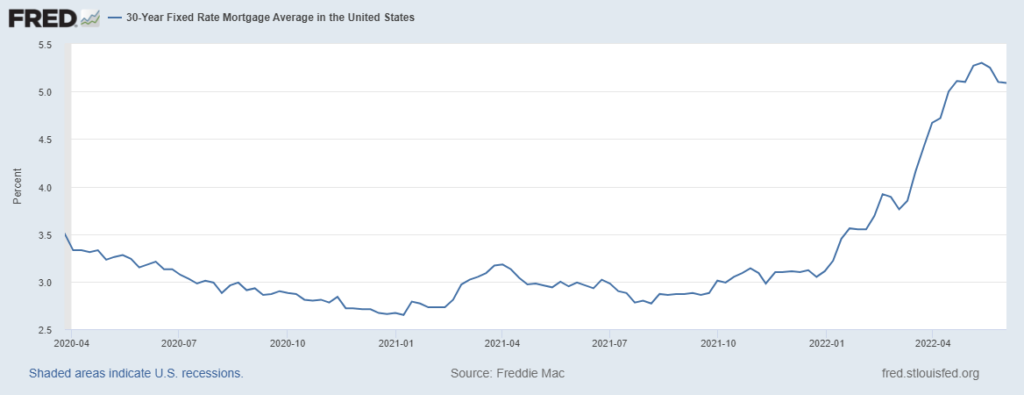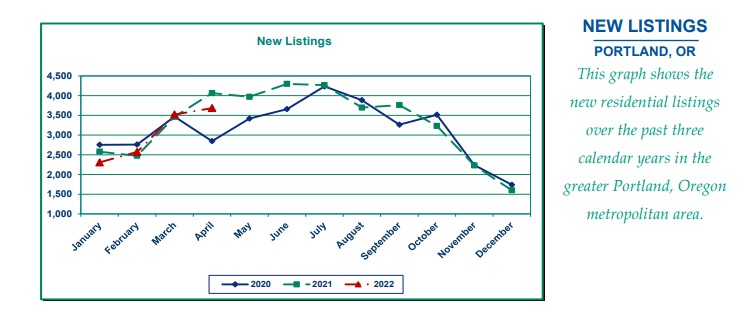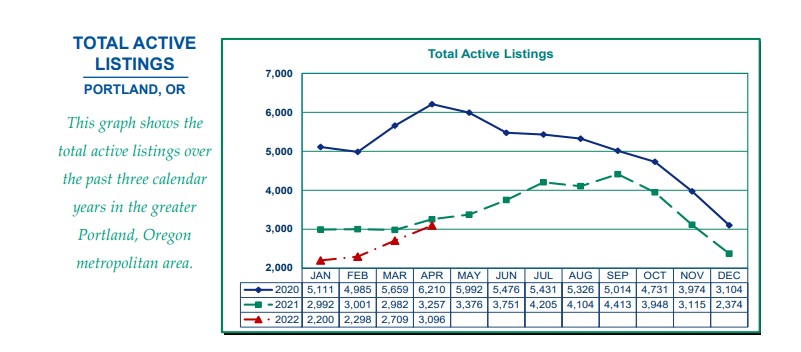By Mel Dorman, June 2, 2022
Normally, as COVID-19 becomes a receding part of our lives, I would think that New Listings from existing homeowners would increase.
Instead, we may see continued low inventory. Why? Recent data from Redfin shows that 51% of homeowners with a mortgage have an interest rate below 4% and that could be a disincentive for homeowners to sell.
For many homeowners who have become accustomed to super low rates, the idea of selling a home with a mortgage rate under 4% and entering a competitive housing market with high prices, AND paying more on their next loan is simply not an attractive proposition. It’s for this reason the term “Lock-In Effect” has been coined.
Many economists and analysts believe the number of new listings could remain low for a few years while homeowners feel “locked-in” to their unusually low mortgage rates (I get it – I’m grown rather fond of my interest rate). This could mean that the low inventory that has been pushing up housing prices could continue to impact the housing market for years, if not decades to come.
Basically, if fewer homeowners put their homes up for sale, it could prevent inventory from recovering to more normal, pre-covid levels when the housing market was more balanced.
It’s for this reason the term “Lock-In Effect” has been coined. Many economists and analysts believe the number of new listings could remain low for a few years while homeowners feel “locked in” to their unusually low mortgage rates.
If it does materialize, it could have profound impacts on the housing market for years, if not decades to come.
It all comes down to inventory. If fewer homeowners put their homes up for sale, it could prevent inventory from recovering to more normal, pre-covid levels when the housing market was more balanced.
For now, we’ll be watching the Lock-In Effect. It will be interesting to see if the predictions of continued lower inventory come true.



